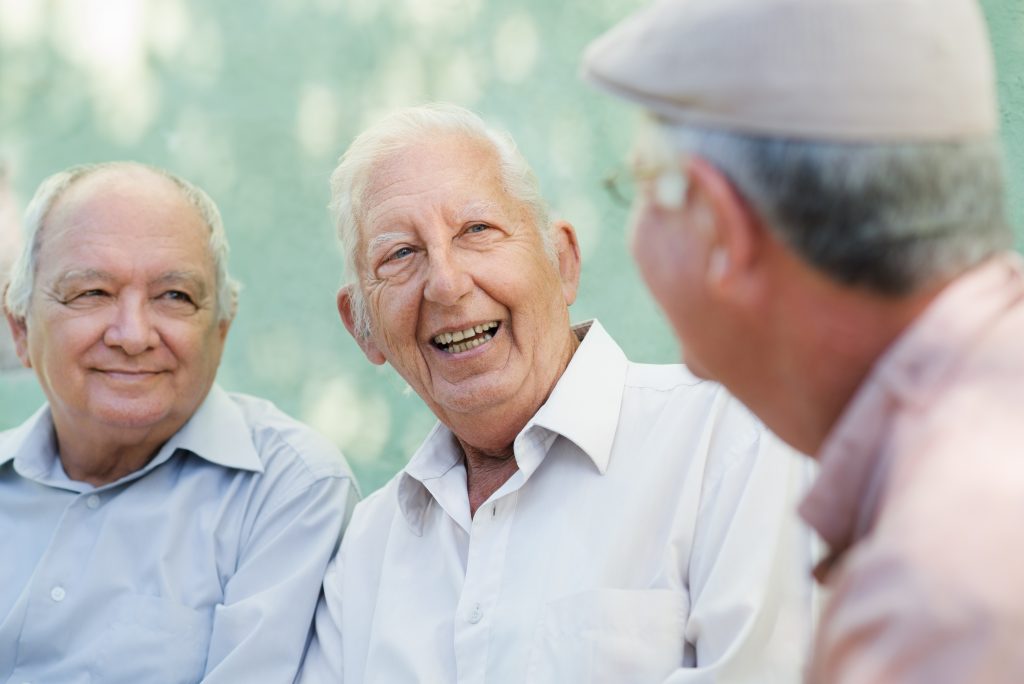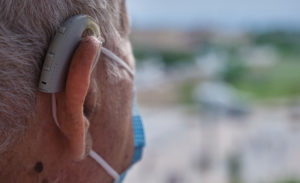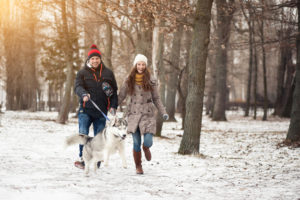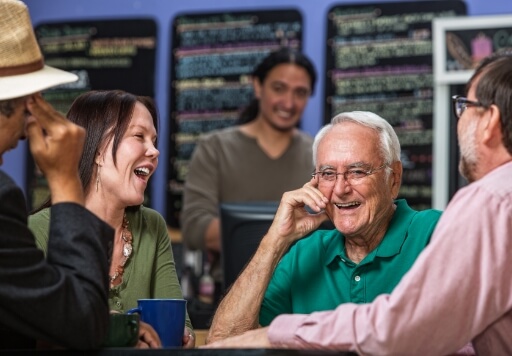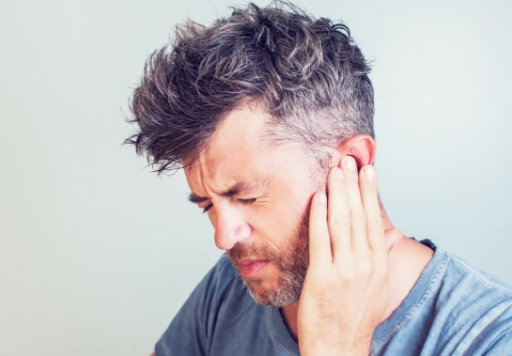Jonathan Kay, editor for Quilette (previous editor of the Walrus and journalist for the National Post), has written an interesting article that examines COVID-19 Super Spreader Events (SSE’s) in 28 different countries. Jonathan freely admits that he is not “an epidemiologist, let alone a virologist”, but has catalogued 54 incidents of SSE’s to better understand how the virus is transmitted.
There are 3 ways that this virus is suspected to travel. The first is by large droplets from talking, coughing or sneezing. These droplets typically travel 6-7 feet and then drop to the ground. The second involves tiny aerosol droplets that linger in the air. The third is by contaminated surfaces. Understanding these forms of transmission and their relationship to Super Spreader Events can ultimately help us as society attempts to open again.
Of the 54 “hot spots” around the world, 9 were religious services, 19 were parties or mass attendance festivals, 5 were funerals, 6 were face-to-face business meetings/conventions, and 5 were military/cruise ships. Kay says that 70% of the cases were similar, because they “all seem to have involved the same type of behaviour: extended, close-range, face-to-face conversation – typically in crowded, socially animated spaces.” Oddly, there were very few cases involving cubicle workers, airplanes, movie theatres, and other places where people were gathered, but expected to sit still and be quiet.
How does this create an odd correlation with hearing loss? Kay says “Related factors may be at play in old-age homes. These tend to be quiet places. But the reduced speaking volume and hearing functions of some elderly residents lend themselves to conversations held at much closer range than is socially typical in the general population.”
This is not a scientific study and we have to be careful about its conclusions. Jonathan Kay admits that “the data I am working with is substandard anyway, as there are all sorts of obvious selection biases at play, including the editorial biases of the journalists on whom I rely for local reports”. But it’s a curious look into COVID-19 Super Spreader Events and makes for an interesting read.
Article link: https://bit.ly/2xRRa2l

